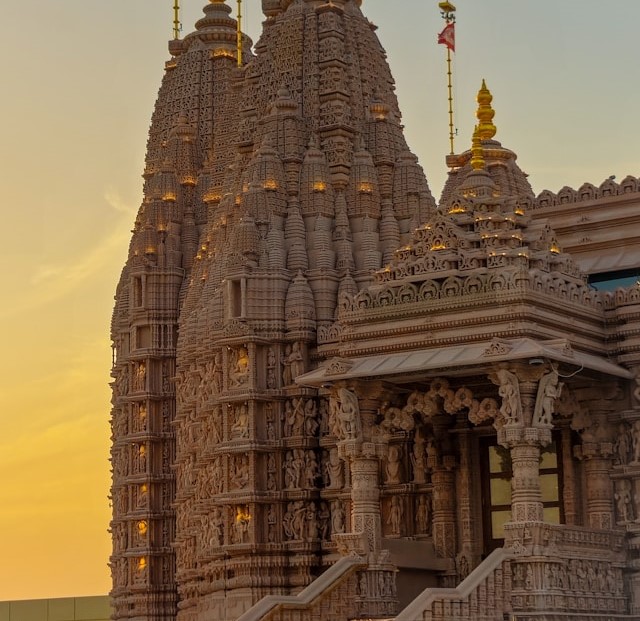
In India, temples are often seen as places of universal worship. However, some temples are unique because they welcome only women. This might seem unusual, but it’s rooted in age-old customs and beliefs. Let’s explore 6 temples where men are strictly not allowed.
- Attukal Bhagavathy Temple, Kerala
Known as the “Women’s Sabarimala,” Attukal Bhagavathy Temple in Kerala is famous for its annual Pongal festival. During this time, only women participated in the ritual, making it one of the largest gatherings of women in the world. Men are not allowed to take part in the offerings.
- Chakkulathukavu Temple, Kerala
Another temple in Kerala, Chakkulathukavu Temple, celebrates an annual event called “Nari Puja.” On this day, the temple turns into a women-only zone, and men are strictly prohibited. The ritual honors women as goddesses, reinforcing the temple’s deep respect for feminine power.
- Kamakhya Temple, Assam
Kamakhya Temple, located in Assam, is one of the most important Shakti Peethas in India. During the Ambubachi Mela, a significant festival dedicated to the goddess Kamakhya, the temple enforces strict rules where men are not allowed to enter the inner sanctum. This period symbolizes the goddess’s annual menstruation.
- Lord Brahma Temple, Rajasthan
In Pushkar, Rajasthan, the Lord Brahma Temple holds a unique tradition where men are forbidden during a specific festival called “Vasant Panchami.” This restriction highlights the temple’s dedication to female worshippers, allowing only women to perform rituals during this time.
- Mata Temple, Muzaffarpur
In Bihar’s Muzaffarpur district, the Mata Temple is a sacred space reserved only for women. During special religious ceremonies, men are not allowed to enter the temple premises, underscoring the importance of women in these rituals.
- Kumari Amman Temple, Tamil Nadu
Dedicated to the eternally young Kanniyakumari (Virgin Goddess), this temple stands on the southernmost tip of India. Only women and celibate men (sanyasis) can enter the inner sanctum, creating a sacred space for feminine energy.
These temples reflect India’s diverse cultural practices and deep-rooted traditions. By honoring women through these exclusive practices, they showcase a unique aspect of spirituality that emphasizes respect and reverence for femininity.
Feature Image Credit: Photo by Vivek Vg on Unsplash. (free for commercial use)




